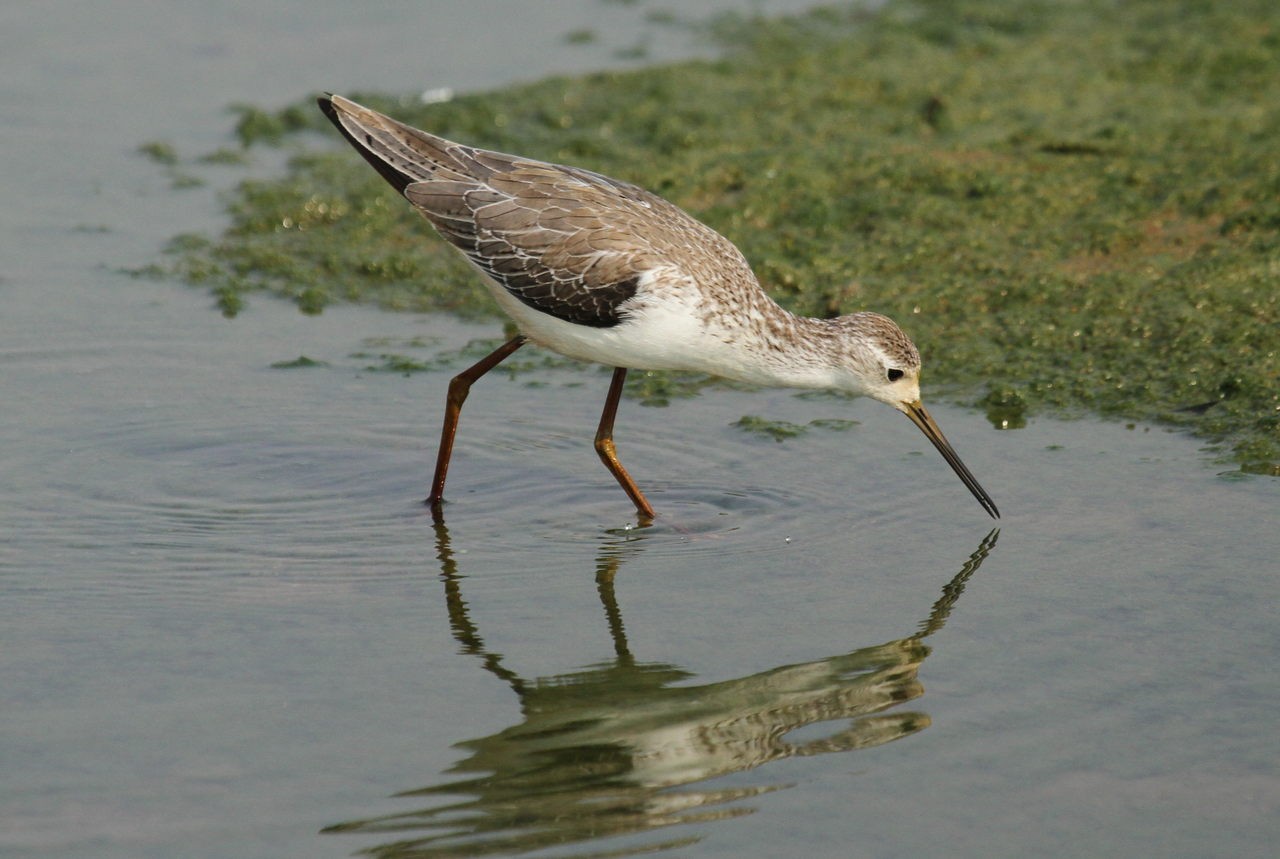Marsh Sandpiper
A species of Tringa Scientific name : Tringa stagnatilis Genus : Tringa
Marsh Sandpiper, A species of Tringa
Botanical name: Tringa stagnatilis
Genus: Tringa
Content
Description General Info
Description
It resembles a small elegant greenshank, with a long fine bill and very long yellowish legs. Like the greenshank, it is greyish brown in breeding plumage, paler in winter, and has a white wedge up its back that is visible in flight. However, it is more closely related to the common redshank and the wood sandpiper. Together, they form a group of smallish shanks which tend to have red or reddish legs, and in breeding plumage are generally a subdued, light brown above with some darker mottling, with a pattern of somewhat diffuse small brownish spots on the breast and neck. The length is 22–26 cm (8.7–10.2 in), wingspan is 55–59 cm (22–23 in) and weight is 45–120 g (1.6–4.2 oz). 
Size
22-24 cm (8.66-9.45 in)
Colors
Brown
Black
Gray
White
Life Expectancy
10 years
Nest Placement
Ground
Feeding Habits
Marsh Sandpiper primarily consumes insects and small invertebrates, foraging in shallow waters with a probing technique. It exhibits unique preferences for marshy environments, optimizing its diet around the ecosystems it inhabits.
Habitat
The marsh Sandpiper primarily inhabits open grassy steppe and taiga wetlands within broader regions of eastern Europe to the Russian Far East for breeding. Preferring fresh water wetlands like swamps and lakes in the winter, marsh Sandpiper is often observed solitarily or in small groups. Its non-breeding habitat spans various inland wetlands, including paddy fields, saltpans, and intertidal mudflats, avoiding open beaches. While largely found in lowland areas, the marsh Sandpiper is also recorded at elevations up to 2880 meters in Ethiopia, underscoring its adaptability to various wetland environments.
Dite type
Aquatic invertebrate eater
General Info
Feeding Habits
Bird food type
Distribution Area
Palearctic.It is a migratory species, with majority of birds wintering in Africa, and India with fewer migrating to Southeast Asia and Australia. They prefer to winter on fresh water wetlands such as swamps and lakes and are usually seen singly or in small groups. These birds forage by probing in shallow water or on wet mud. They mainly eat insects, and similar small prey. The marsh sandpiper is one of the species to which the Agreement on the Conservation of African-Eurasian Migratory Waterbirds (AEWA) applies. 
Species Status
Not globally threatened.
Scientific Classification
Phylum
Chordates Class
Birds Order
Shorebirds Family
Sandpipers Genus
Tringa Species
Marsh Sandpiper 